The society of the Inuit, rich in cultural traditions and unique social structures, has long attracted the attention of anthropologists and researchers.
One particularly fascinating cultural tradition that has garnered the interest of anthropologists and researchers regarding the Inuit is the practice of wife exchange. This custom may seem utterly strange to us; however, it is deeply embedded in the cultural and historical context of Inuit communities.
Cultural Significance of Wife Exchange
To understand the practice of wife exchange among Inuit communities, it is essential to grasp the cultural significance associated with this tradition. For the Inuit, marriage is not merely a personal matter but carries broader social implications. Wife exchange is often seen as an expression of social harmony, community bonding, and the reinforcement of kinship relations.
Inuit societies are characterized by a communal lifestyle, where cooperation and interdependence among individuals and families are highly valued. Wife exchange serves as a means to strengthen social ties and reinforce alliances between families or clans. It bolsters the concept of an extended kinship network, ensuring a broader support system within the community.
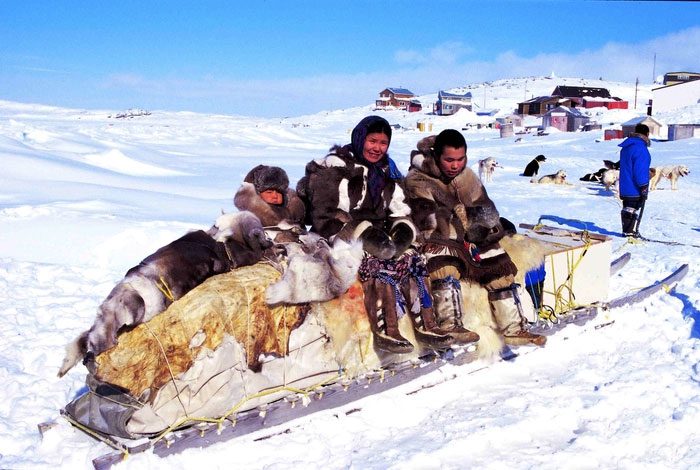
The Inuit People (or Eskimos) are indigenous peoples inhabiting the icy regions stretching from Eastern Siberia (Russia), through Alaska (United States), Canada, and Greenland.
Additionally, wife exchange is regarded as a mechanism for redistributing resources and promoting equity within the community. By sharing spouses, Inuit societies strive to maintain a fair distribution of labor, skills, and wealth. This practice can help address imbalances in skills, hunting abilities, or other valuable contributions to community life. Simply put, this tradition serves as a method for exchanging skills and allocating human resources necessary for survival in the harsh environments inhabited by Inuit communities.
Social Dynamics and Relationship Building
The practice of wife exchange plays a crucial role in forming social dynamics and relationships within Inuit communities. It is important to note that this practice is typically conducted with the consent and agreement of all parties involved, including women. It is not a form of forced or non-consensual marriage.
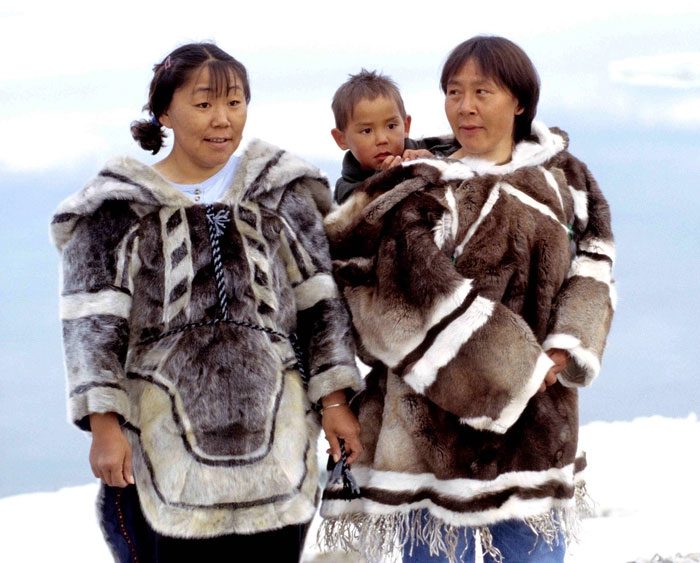
The term “Inuit” means “the people” in the Inuktitut language. The term “Inuk” refers to a single Inuit person, while “Inuit” is the plural form. The Inuit language is classified among the Eskimo-Aleut languages.
The practice of wife exchange provides a pathway to strengthen relationships between families or clans, often leading to the formation of long-lasting alliances. For Inuit communities, this tradition can foster a sense of closeness and solidarity among individuals and families, promoting a tightly-knit social structure.
Furthermore, this unusual practice contributes to the formation of complex kinship networks within Inuit society. Children born from such unions are often regarded as part of both families and are raised within an extended kinship system.
Historical Context and Adaptation
To understand why Inuit husbands exchange their wives, it is necessary to consider the historical context and adaptive nature of this practice. For centuries, Inuit communities have thrived in the harsh Arctic environment, relying on their resourcefulness, resilience, and cooperative strategies to survive.
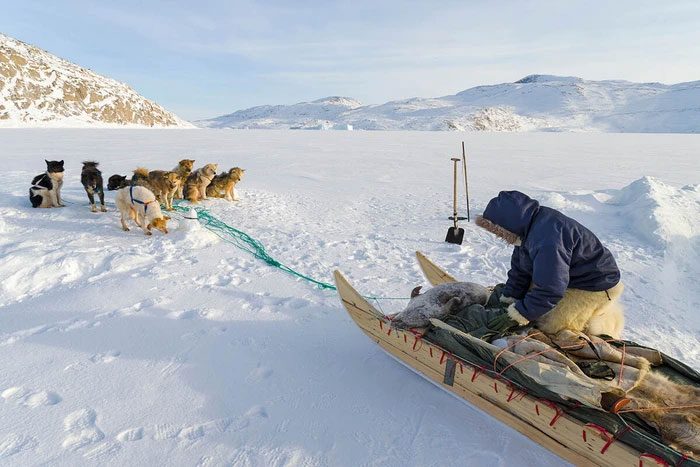
Approximately 4,000 years ago, ancient Eskimo tribes crossed the Bering Strait in a migration from the frigid barren lands of Siberia heading eastward.
The nomadic lifestyle and the challenging conditions in the Arctic necessitated flexible and adaptive social systems. Wife exchange among Inuit communities can be seen as a cultural response to the demands of their environment. It allows for the pooling of resources, sharing of knowledge, and collaborative strategies for hunting, gathering, and survival.
As Inuit societies have undergone significant cultural and social changes over time, including contact with Western cultures, the practice of wife exchange has evolved. While still valued in some communities, it is important to note that not all Inuit communities maintain this practice today. Factors such as globalization, modernization, and changing cultural dynamics have led to variations in marriage customs across different Inuit regions.
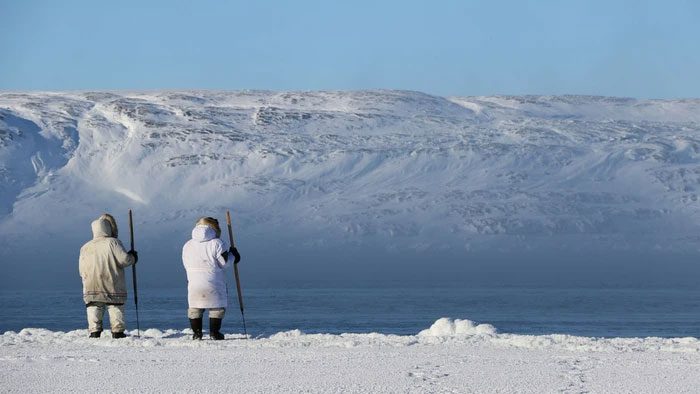
Anthropological studies on the Arctic have shown the presence of the Eskimo civilization at Cape Krusenstern around 1850 BC.
Challenges and Contemporary Perspectives
The practice of wife exchange among Inuit communities is not without its challenges and complexities. It can raise questions and concerns from an outsider’s perspective, particularly regarding gender dynamics and personal autonomy. It is crucial to approach this practice with cultural sensitivity and respect for diverse viewpoints.
Contemporary discussions within Inuit communities are ongoing, examining the role of wife exchange in the context of changing social norms and individual rights. Many Inuit communities are adopting a more individualized approach to marriage, allowing couples to choose partners based on personal preferences and mutual consent.
While wife exchange may not be as prevalent as it once was, its cultural significance and historical roots continue to shape the structure of Inuit communities. It serves as a reminder of the rich cultural heritage and adaptive strategies that have enabled Inuit societies to thrive in challenging environments.
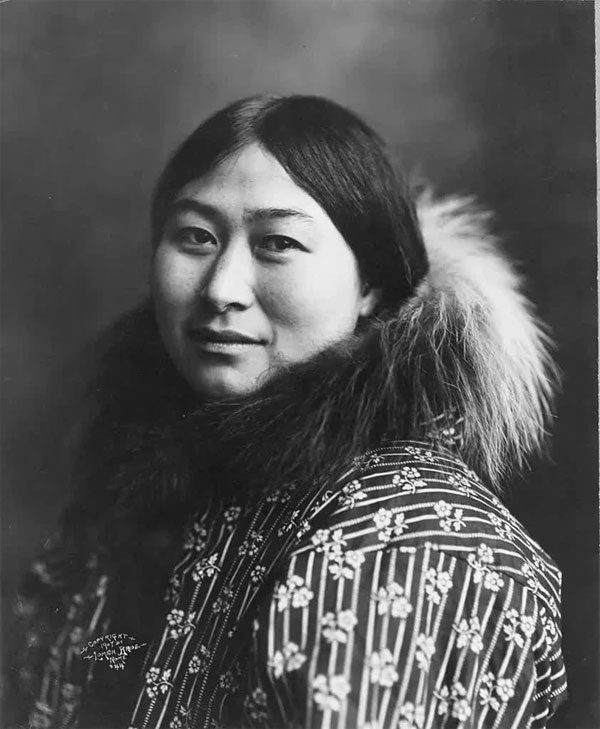
Image of an Inuit woman taken in 1907.
The practice of wife exchange among Inuit communities holds profound cultural significance and intricately weaves into the social fabric of these societies. Rooted in concepts of community harmony, resource sharing, and kinship, wife exchange has played an important role in shaping relationships and social dynamics.
As Inuit communities navigate the challenges of a changing world, discussions surrounding marriage customs continue to evolve, reflecting the complexities of cultural adaptation and individual autonomy. Understanding the practice of wife exchange requires an appreciation of the historical, cultural, and adaptive contexts within Inuit communities, illuminating the diverse tapestry of human customs and traditions.


















































